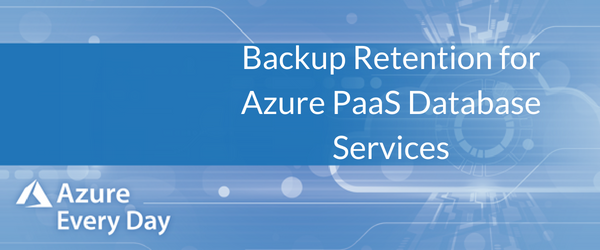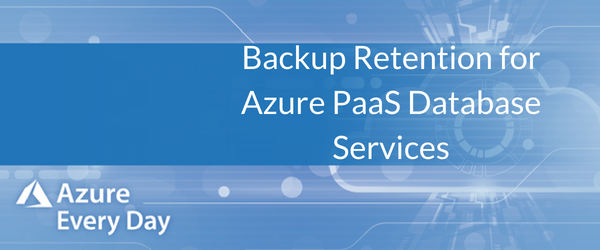Newsletter
Join our blog
Join other Azure, Power Platform and SQL Server pros by subscribing to our blog.


-1.png)
Start with the FREE community plan and get your lifetime access to 20+ courses. Get Instant Access Now!
Need help? Talk to an expert: (904) 638-5743
Private Training
Customized training to master new skills and grow your business.
On-Demand Learning
Beginner to advanced classes taught by Microsoft MVPs and Authors.
Bootcamps
In-depth boot camps take you from a novice to mastery in less than a week.
Season Learning Pass
Get access to our very best training offerings for successful up-skilling.
Stream Pro Plus
Combine On-Demand Learning platform with face-to-face Virtual Mentoring.
Certification Training
Prepare and ace your next certification with CertXP.
Private Training
Cheat Sheets
Quick references for when you need a little guidance.
Nerd Guides
Summaries developed in conjunction with our Learn with the Nerds sessions.
Downloads
Digital goodies - code samples, student files, and other must have files.
Blog
Stay up-to-date on all things Power BI, Power Apps, Microsoft 365 and Azure.
Community Discord Server
Start here for technology questions to get answers from the community.
Affiliate Program
Earn money by driving sales through the Pragmatic Works' Training Affiliate Program.
Reseller Partner
It's time to address your client's training needs.
Foundation
Learn how to get into IT with free training and mentorship.
Management Team
Discover the faces behind our success: Meet our dedicated team
Contact Us
How can we help? Connect with Our Team Today!
FAQs
Find all the information you’re looking for. We’re happy to help.

 Recently, Pragmatic Works has been on engagements helping our customers to migrate their on-premises databases to the Azure cloud. We’ve been asked to migrate such things as: SQL databases to a SQL database in the cloud; migrations off their APS or PDWs utilizing Azure SQL Data Warehouse; and MySQL and PostgreSQL databases to the cloud.
Recently, Pragmatic Works has been on engagements helping our customers to migrate their on-premises databases to the Azure cloud. We’ve been asked to migrate such things as: SQL databases to a SQL database in the cloud; migrations off their APS or PDWs utilizing Azure SQL Data Warehouse; and MySQL and PostgreSQL databases to the cloud.
Today I’d like to discuss some differences with backups and retention between on-prem and Azure cloud. With on-prem we’re used to having the ability to backup our databases to local storage, such as a PaaS device, if we have storage available to do that.
In the cloud, we have a limited number of backups that we’re provided from a retention period perspective. For instance, for SQL database we have Point in Time recoveries but our retention period for our backups is defined based on our service tier. A basic service tier provides 7 days of backup retention. Standard or premium tiers allow up to 5 weeks of retention for database backups.
We can enable a long-term backup (LTR) solution and this allows us to take our weekly backups and save them for up to 10 years, although there is a cost for this.
With Azure SQL Data Warehouse, we have 7 days of backup retention. Our local snapshots that are done automatically for us will take place every 4-8 hours. We also get a full snapshot backup done daily and the RPO around our geo backups is 24 hours. Something recently added to SQL Data Warehouse is we can take up to 42 user defined snapshots. The benefit here is we don’t have to wait for the local snapshots to take place through the Microsoft scheduling behind the scenes.
Hence, if we’ve completed a substantial load process, we can take a user defined snapshot, start this load and make sure that our data is covered, so if we must do a recovery, we know that it will cover that load processing.
Azure Databases for MySQL and PostgreSQL have 7 days of retention by default. However, these are configurable to up to 35 days of retention. Both have Point in Time recoveries and geo restores from the backups being retained for us.
Something to note, once you get over 250 gigs worth of data, you start incurring data charge for storing within the 7 or 35 days of retention.
As we move to the Azure cloud we need to think a little differently and the processes are going to change a bit, but the benefits far outweigh the risk or fears of change. If you’d like to learn more about backup retention, migrating your databases to Azure cloud or anything Azure related, you’re in the right place. Click the link below or contact us, our Azure experts are here to help, no matter where you are in your cloud journey.
ABOUT THE AUTHOR
Free Trial
private training
Newsletter
Join other Azure, Power Platform and SQL Server pros by subscribing to our blog.


-1.png)
Leave a comment